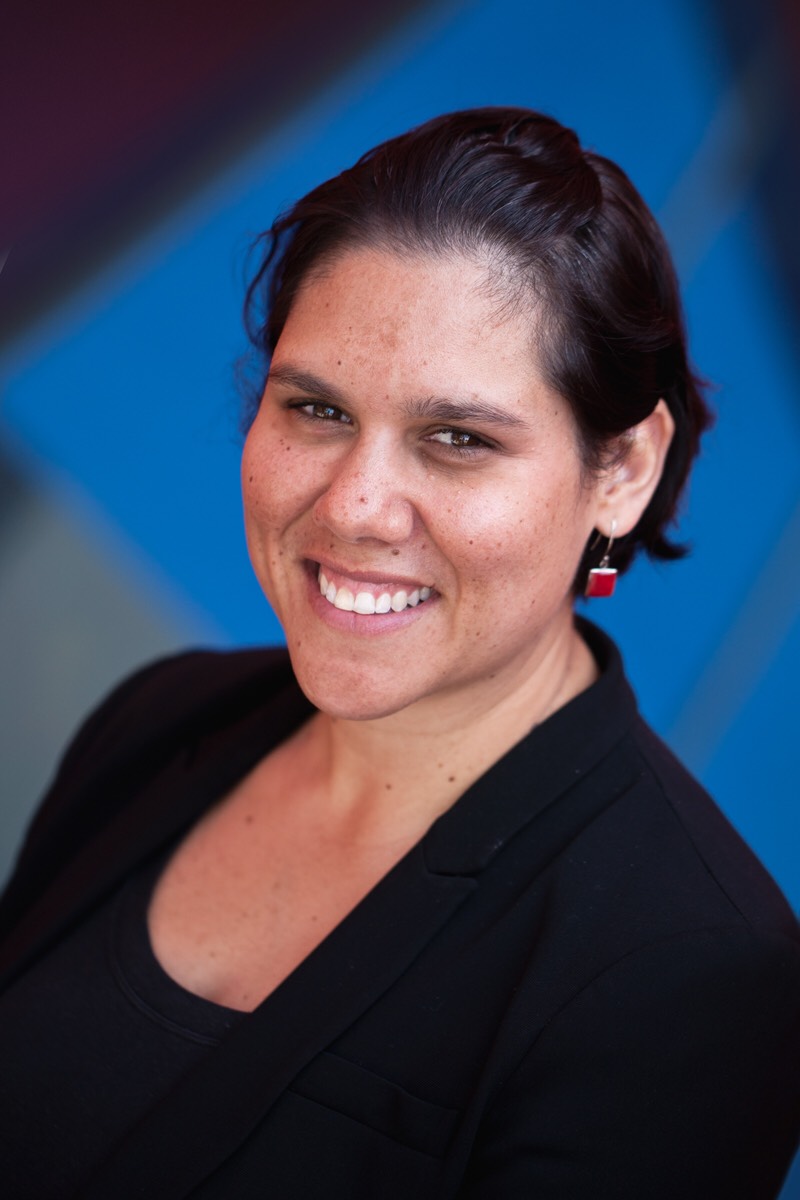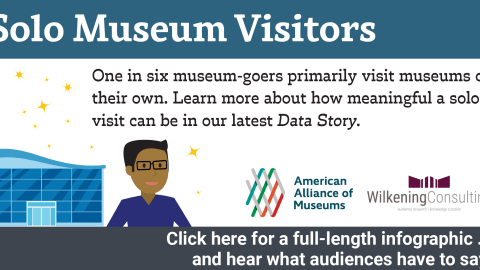In spring 2017, CFM launched a FutureLab project to help museums explore new hiring practices to create more equitable workforces. Eastern State Penitentiary Historic Site was one of the first museums to sign up as a lab partner. In today’s post Matthew Murphy and Lauren Zalut, who are responsible for hiring Eastern State’s tour guides, reflect on their experiences with unbiased hiring.
Change is good: In order to attract a diverse applicant pool, museum hiring officials must be ready to embrace new and sometimes challenging processes. This proposition was validated through
Eastern State Penitentiary Historic Site’sparticipation in the
FutureLab: Hiring Bias Project. We had been working to diversify the tour staff since Lauren began working at the historic site nearly six years ago, but with limited success. We were excited when we were invited to join the FutureLab Project. Our answer was a resounding YES! The blind audition format
GapJumpers created for Eastern State Penitentiary’s open seasonal tour guide positions nudged us out of our comfort zone and into uncharted territory. We hired a talented cohort of guides through this process.
Lauren attended a session at the American Alliance of Museums 2016 Annual Meeting & MuseumExpo entitled “Reducing Hiring Bias in Museums.” This was where we first learned about GapJumpers and their work helping employers outside the museum sector diversify their workforce by hiring through blind auditions. A blind audition is pretty much what happens on the TV show The Voice. Applicants respond to a challenge (creating a presentation in our case) and those who advance to the interview round are chosen without a hiring manager knowing the person’s name, gender, background, etc. Using this process instead of the traditional resume and cover letter submission can result in a more diverse pool of candidates from which to make the final selection.
 |
Open House and New Artists Installation 2017
Eastern State Penitentiary |
In six years of hiring, we had established a rhythm when it came to the process of recruiting seasonal tour guides. With multiple waves of hiring per year, that rhythm bordered on tedium. We sometimes found ourselves worrying more about the energy and time we were expending on the process rather than focusing on how to recruit inclusively and with the ultimate goal of hiring a diverse staff. We posted to the same job banks, used the same position listing, and asked the same questions in a traditional interview format. When we reviewed resumes, we checked off all the same boxes. Degree from a good school? Check. Customer service experience? Check. Experience in education/museum? Check. Theatre background? Check. The result? A highly-qualified staff with homogeneous lived experiences.
Using the blind audition model had three major benefits from our perspectives:
- First, the “blind” part of the process surfaced candidates we might not have been selected for an interview based on their resumes. The people who we ultimately hired came from professional and experiential backgrounds not well represented in our staff.
- Second, our old process, from reviewing resumes to the interview stage, focused on probing someone else for the qualities that felt made a strong candidate. The audition flipped this dynamic. We handed control over to the candidates, and they got to demonstrate their strengths to us through a presentation challenge that GapJumpers helped us create. Requiring applicants to research and create presentations on real Eastern State Penitentiary content allowed them to demonstrate their creativity and talent. By abandoning the traditional “Q and A” format, there was more opportunity for them to highlight their unique personalities, research skills, and demonstrate how engaging they could be as public speakers. These are all critical traits for a tour guide. This made it easier for us to see the potential for a great interpreter.
- Third, the blind audition process kept us engaged and present as hiring managers. We could stay fresh and give every candidate the same amount of attention. The presentations were often funny and intriguing. Even though applicants weren’t very familiar with Eastern State Penitentiary’s complex history and relevance, they were often able to approach this all-too-familiar content in novel ways that we had never considered.
 |
|
Tour in Soup Alley at Eastern State Penn
|
|
Unfortunately this round of hiring did not meet our goal of increasing the racial diversity on our staff. We operated on a short timetable which resulted in a smaller candidate pool, but we are confident that the process could attract more candidates of color with a better timetable.
Every institution has its trusted interview methods and hiring systems, but challenge-based hiring offers a practical tool for museum hiring officials dedicated to creating a diverse and inclusive workplace. For us, the FutureLab Project was a welcome shake-up to a process that had become routine and yielded the same results over and over again. Maybe it can do the same for you. (To find out how you can join the FutureLab: Hiring Bias project, please contact nivy (at) aam-us (dot) org.)
Matthew Murphy is Tour Programs Supervisor at Eastern State Penitentiary. He joined the staff as a Tour Guide in 2013 and was promoted to Tour Programs Supervisor in 2015. Matt oversees the hiring, training, and evaluation of a staff of up to 20 tour guides. Matt has spoken about Eastern State Penitentiary on multiple media platforms, including interviews for PBS and NPR. Matt has worked as a heritage interpreter at major sites across the nation, including Alcatraz Island and Independence National Historical Park.
Lauren Zalut is Director of Education and Tour Programs at Eastern State Penitentiary. She leads the guided tour program, which served over 30,000 people in 2017. In an effort to foster empathy in Eastern State Penitentiary’s visitors, she most recently designed a groundbreaking program to employ formerly incarcerated people as tour guides, allowing visitors to hear firsthand about the human experience of incarceration. Using the historic site as a catalyst for conversation on social issues, Lauren has worked to incorporate dialogue facilitation techniques and content about mass incarceration into guided tours, as well as into youth and family programming.











I definitely applaud these efforts! As a follow-up, I'm wondering about how extensive the process to create the application presentation was? Could you ask your newly hired staff for example, how long they spent on it? And have you considered whether that had an impact on the racial demographics of your candidate pool?